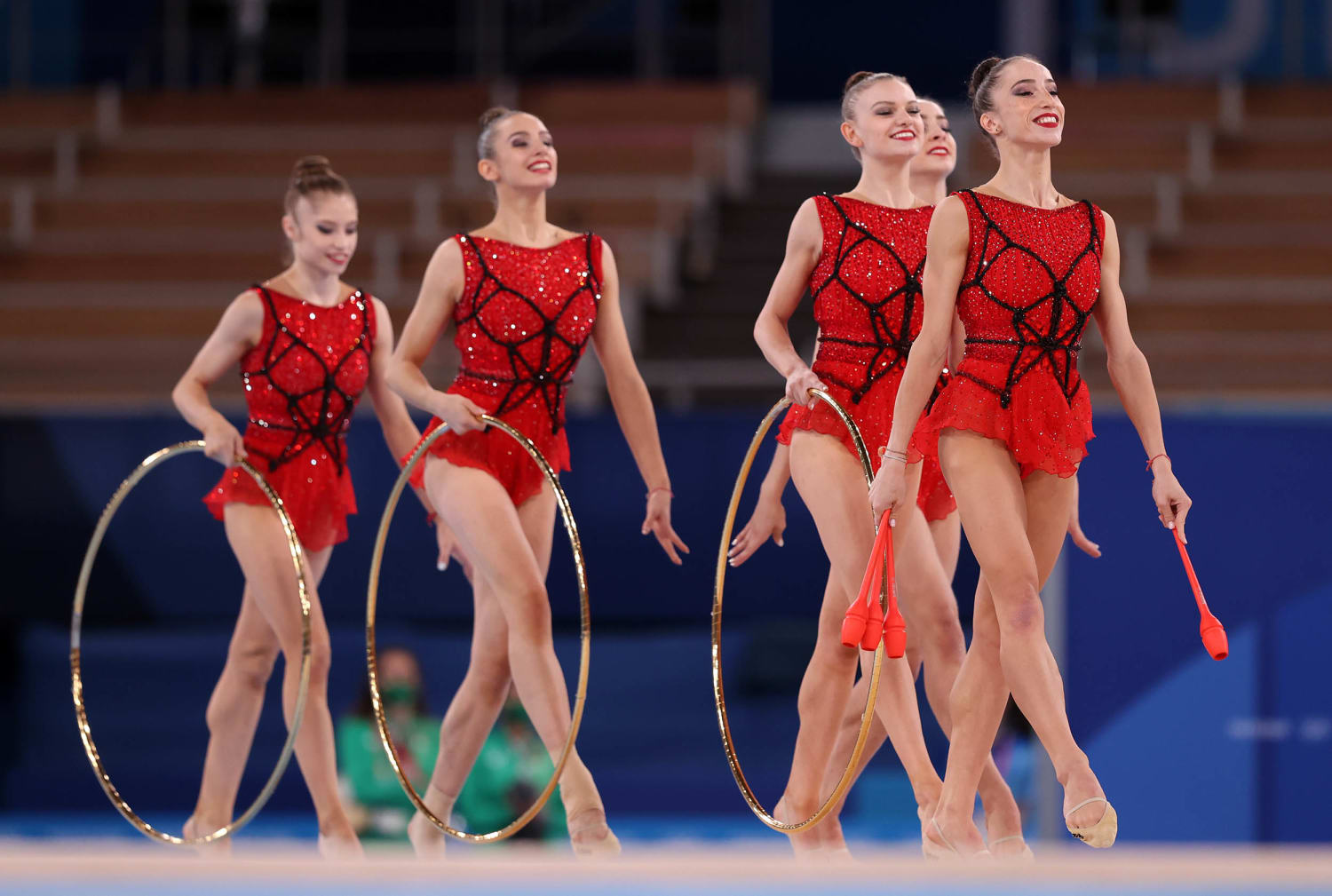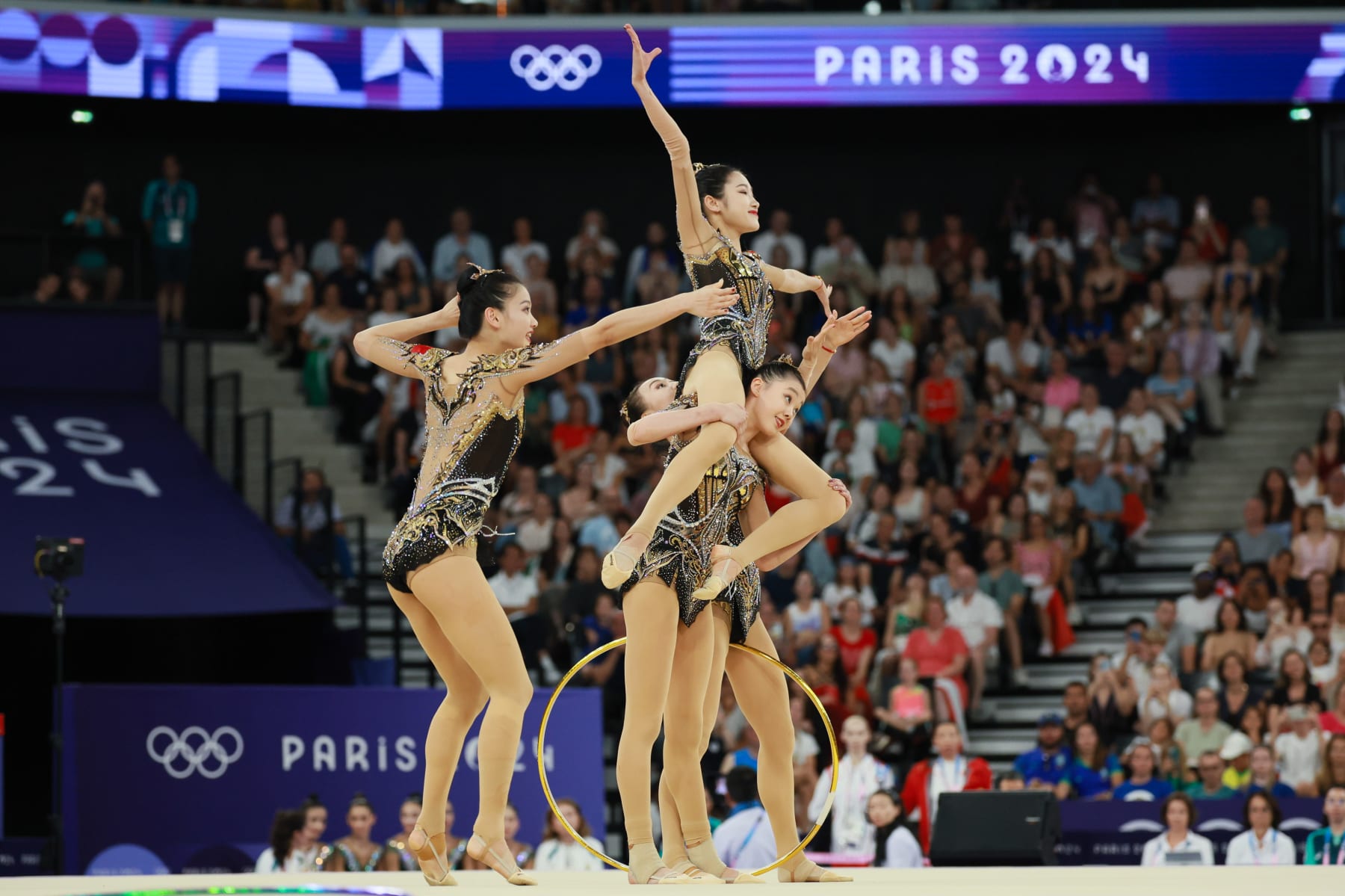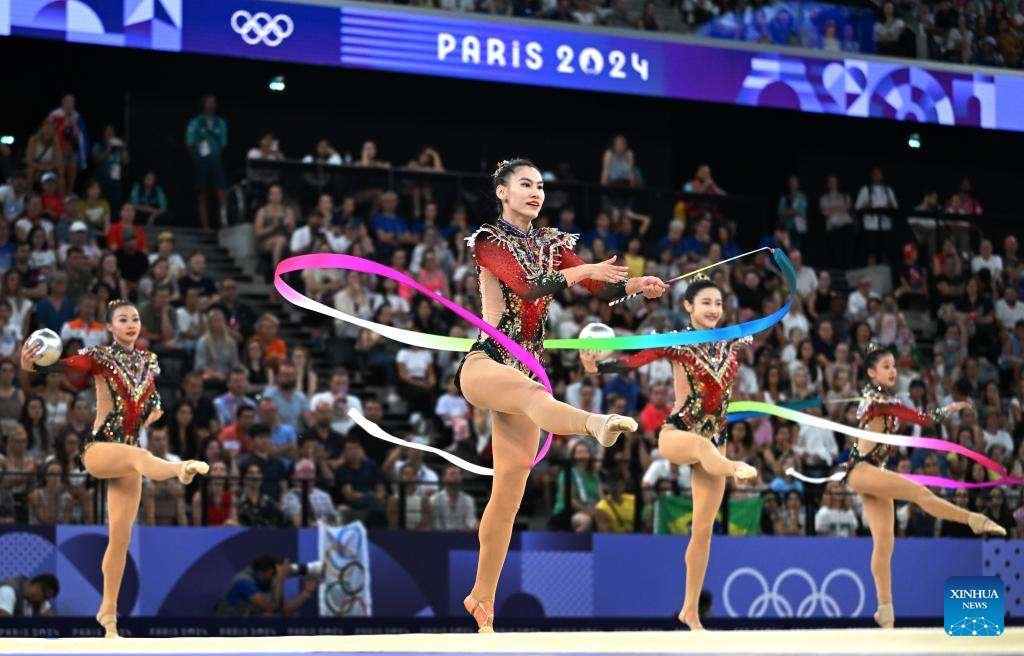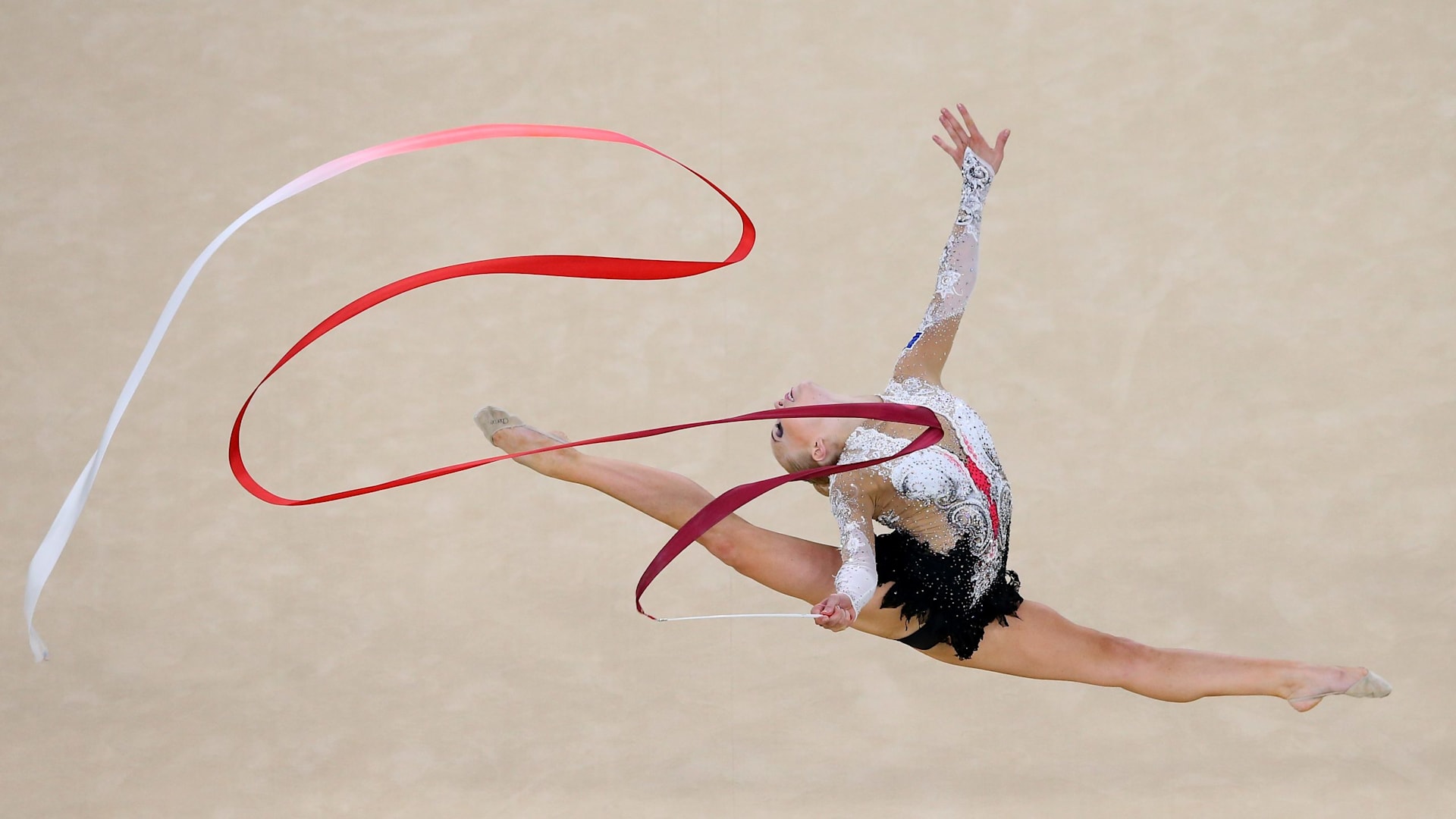Elegance and Precision: Rhythmic Gymnastics at Paris 2024
As the world gears up for the Paris 2024 Olympics, rhythmic gymnastics is poised to capture the hearts of audiences with its mesmerizing blend of athleticism, artistry, and precision. This sport, which combines elements of ballet, gymnastics, and dance, has become a staple of the Olympic Games, showcasing incredible talent and skill. The upcoming competition promises to be a spectacular display of grace and dedication.
A Brief History of Rhythmic Gymnastics
Rhythmic gymnastics has its roots in the early 20th century but was officially recognized as an Olympic sport in 1984 at the Los Angeles Games. The sport involves the performance of routines that integrate apparatuses such as ribbons, hoops, balls, clubs, and ropes, with athletes judged on their artistry, difficulty, and execution. Over the years, rhythmic gymnastics has evolved into a highly competitive discipline, drawing in participants from around the globe.
The Paris 2024 Venue
The rhythmic gymnastics events during the Paris 2024 Olympics will take place at the Stade Pierre-Mauroy in Lille, approximately 200 kilometers from Paris. This modern facility, known for hosting a variety of sporting events, will be transformed into a vibrant stage for athletes to showcase their talents. With a seating capacity of around 50,000, the stadium will offer a thrilling atmosphere for both competitors and spectators alike.
Competition Format
At Paris 2024, rhythmic gymnastics will feature both individual and group competitions. Individual athletes will compete in all-around events, performing routines with different apparatuses. Group competitions involve teams of five gymnasts executing coordinated routines that emphasize synchronization, choreography, and the seamless use of apparatuses.

The competition is judged on several criteria, including execution, difficulty, and artistic impression. Judges will assess how well the athletes perform their routines, taking into account the use of apparatuses, body movements, and overall presentation. The format allows for a total of 14 medals to be awarded in rhythmic gymnastics, adding to the excitement of the event.
The Importance of Technique and Training
Success in rhythmic gymnastics requires years of rigorous training, discipline, and dedication. Athletes must develop strength, flexibility, and coordination, along with a deep understanding of choreography. Training regimens often include hours of practice each day, focusing on various aspects such as dance techniques, apparatus handling, and routine execution.

The intricacy of rhythmic gymnastics routines demands not only physical prowess but also mental resilience. Athletes must perform under pressure, maintaining composure while executing complex movements. This combination of physical and mental demands sets rhythmic gymnastics apart from other Olympic disciplines, making it a captivating spectacle for fans.
Notable Athletes to Watch
As the Paris 2024 Olympics approach, several gymnasts are emerging as favorites for medals:
Linoy Ashram (Israel): The reigning Olympic champion from the Tokyo 2020 Games, Ashram is known for her exquisite grace and technical skill. Her performances often combine innovative elements with traditional techniques, making her a top contender in Paris.

Dina Averina (Russia): A multiple-time world champion, Averina has a unique style characterized by fluid movements and precision. Her experience and artistic flair position her as one of the key competitors to watch in the individual events.
Alina Kabaeva (Russia): Though retired, Kabaeva's legacy continues to influence the sport. A two-time Olympic champion, her performances have inspired a new generation of rhythmic gymnasts who aim to replicate her success.
Nikita Nagornyy (Russia): In the group competitions, Nagornyy's team has consistently showcased impressive choreography and synchronization. Their ability to work as a cohesive unit is crucial for success in group events.
:focal(1221x482:1223x480)/origin-imgresizer.eurosport.com/2024/07/16/image-d17873a9-c15a-48fd-805a-b53ca2312ab6-85-2560-1440.jpeg)
The Role of Artistry and Expression
What sets rhythmic gymnastics apart from other Olympic sports is its emphasis on artistry and expression. Athletes are not only evaluated on their technical abilities but also on how they convey emotions and tell a story through their routines. The choreography, music selection, and costumes play a vital role in creating a captivating performance.
Judges look for a seamless integration of movements with music, where athletes demonstrate their ability to connect with the audience. This artistic dimension adds a unique layer to rhythmic gymnastics, making it a truly enchanting spectacle for spectators.

The Cultural Impact of Rhythmic Gymnastics
Rhythmic gymnastics has transcended the realm of sport to become a significant cultural phenomenon. The grace and beauty of the performances resonate with audiences worldwide, inspiring young girls to take up the sport. Many national federations have implemented grassroots programs to encourage participation and promote gender equality in athletics.
The sport's influence extends beyond the mat, as rhythmic gymnasts often serve as ambassadors for health, fitness, and the arts. Through their performances, they promote a message of discipline, perseverance, and the pursuit of excellence, which aligns with the Olympic spirit.
Fan Engagement and Technology
As the Paris 2024 Olympics approach, organizers are leveraging technology to enhance fan engagement. Virtual reality experiences, interactive social media campaigns, and live streaming of training sessions are among the initiatives aimed at connecting fans with their favorite athletes. These innovations will provide a more immersive experience for spectators, allowing them to engage with the sport in new and exciting ways.
The Future of Rhythmic Gymnastics
With the continued growth of rhythmic gymnastics worldwide, the Paris 2024 Olympics will serve as a pivotal moment for the sport. Increased visibility and recognition could lead to further investments in training facilities and programs, creating more opportunities for young athletes to pursue their dreams.
Conclusion
Rhythmic gymnastics at the Paris 2024 Olympics promises to be a breathtaking showcase of elegance, precision, and artistic expression. As athletes prepare to take the stage, they will not only compete for medals but also inspire audiences with their talent and dedication.

For more information on the rhythmic gymnastics events at Paris 2024, including schedules, athlete profiles, and live updates, follow the official Olympic channels and the International Gymnastics Federation.









